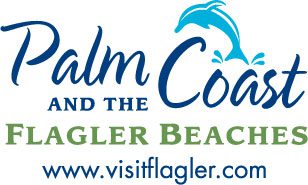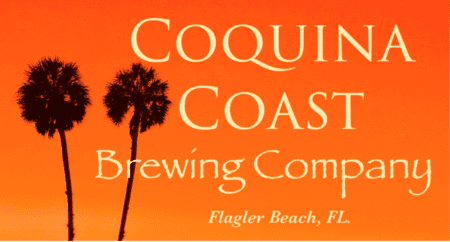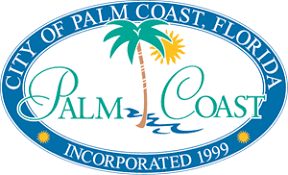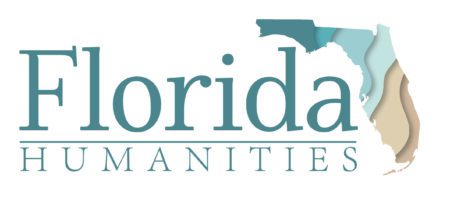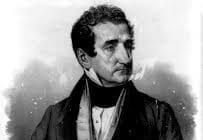
When ITT bulldozed enchanting and natural landscape in Palm Coast they destroyed land that people had hunted, fished, and where natives built burial mounds. These were the same lands that one of our most famous residents laid bare as well, just 200 years ago. You may not know him yet but his contributions to our country were remarkable. He had over 1500 acres of land in what is now St. Johns and Flagler Counties. I read he also owned over 10,000 acres that ran into Ocala National Forest. His Palm Coast Plantation was over 300 acres. You may be shopping and playing on the same land today! He was multilingual, smart, short in statue and tall in accomplishments.
His name is Joseph Mariano Hernandez and he was a strong advocate for maintaining Old King’s Road. A road that played a critical part in the Seminole Wars, was a freedom path for slaves, and helped save the Minorcans from sure death. Born in 1788 in St. Augustine his father was one of the Minorcan immigrants who walked Old Kings from New Smyrna to refuge in St. Augustine. Pause for a moment and think of that walk!
Mr. Hernandez was a lawyer, married wealthy and transferred his allegiance to the US when Florida was ceded to the United States in the Adams-Onis Treaty of 1819. The treaty became effective in 1821 and Florida became a territory in 1822. Hernandez was 34 years old. He was appointed Brigadier General in the East Florida Militia (1823) but made his biggest military contribution during the Second Seminole War (1835-1842). He was Florida’s first Delegate to the United States Congress (1822-23), was President of the Florida Territorial Legislative Council (1824), and Mayor of St. Augustine (1848). He was also the first Hispanic to serve in the U.S. Congress albeit for a short time. All of this required a great sense of authority, allegiance, and diplomacy. But there is more. You may also know him as the owner of Mala Compra (it means bad bargain), Bella Vista (Washington Oaks Park) and St. Joseph’s Plantation in Palm Coast.
Yes, Palm Coast had a thriving plantation and one that may have been the best in the area. Of course, I would say that, but evidence suggests it is true. The next time you are walking in Holland Park, browsing ABC for a beverage, or in Publix during their bogo sales think about the men and women who cleared the land, dug drainage canals (sound a little familiar), and created one of the most successful plantations in the area. You are truly walking in their footprints.
Beyond the land grants, maps, and historical records that have helped us piece this history together we also know that at one point in the early 1960’s remnants of the plantation were excavated by Reese Moore and the Boy Scouts! Unfortunately, there are no remains existing today.
Strategically St. Joseph’s Plantation was built next to Old King’s Road as well as the water ways along the Intracoastal waterway. Beyond being a successful business in indigo, sugar and more it became a haven for refugees, soldiers, and eventually a symbol and casualty of the crushing lies, fear, and mistrust between the natives and government. The Seminoles would destroy it and all the other plantations in the area during the Second Seminole War. Yet a simple road that saved lives and felt the crush of a wagon wheel, the soft moccasin of natives and bare feet of children survived. It witnessed and suffered progress, disasters, and its own death with buildings, pavement, and modern society. The story of this road and Joseph Hernandez are important. It is the beginning of our history in modern times and can offer a measure of how far we’ve come and what we have learned. Did you know there are still small parts of Old King’s Road remaining in our woods and swamps?
You can hear more about this on our Tuesday Talks on March 13. The expert, Bill Ryan, will be our guest. Don’t miss it. It is on Zoom at 6:30 pm. The link is on our website. Palmcoasthistory.org
Thank you to Sisco Dean, Art Dycke, and Bill Ryan for their research. Also various sites on the Internet such as history.org, Wikipedia, floridamemories.org and the News Journal.


